Innovating Innovation
The average rate of success for new product initiatives in corporate America is 1 in 25. By focusing on innovation best practices and understanding innovation theory, management teams can improve their innovation hit rate significantly. Leading companies have been able to enhance their success dramatically by developing open innovation processes. Tapping into external sources of innovation can increase idea flow in target areas by two or three orders of magnitude. Leveraging a systematic process to screen more new products in a rigorous framework and then matching the best ideas to the appropriate business model -managers have increased their innovation hit rate to as high as 75%.
Given the problems plaguing healthcare systems globally, there is an urgent need and significant opportunity to apply best practices in open innovation to medical products and self care solutions at home.
Recommended Reading:
Thought leaders on Innovation explain the disruptive nature of high speed connectivity on new idea generation, open innovation and new idea commercialization.
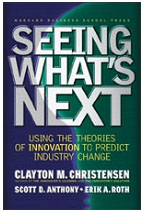
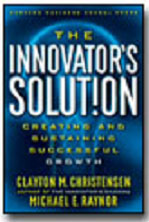
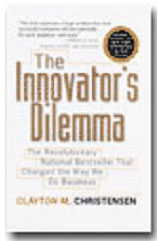
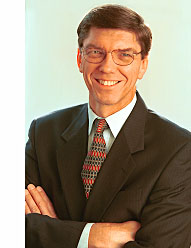
Professor Clayton M. Christensen has defined the theory governing best practices on innovation in his three books: Seeing What’s Next, The Innovator’s Solution, and The Innovator’s Dilemma. He is the thought leader on innovation at Harvard Business School and a Board Member at Eureka Medical, Inc.
In analyzing innovation in medical devices and healthcare products, Professor Christensen stated:
“An organized, motivated, and broad network of practicing independent medical professionals represents the most powerful force for innovation in the medical device
and industry.”
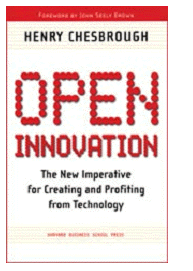
“Most innovations fail. And most companies that don’t innovate die” says Henry Chesbrough. “The factors that promote knowledge diffusion create new opportunities. Knowledge diffusion rewards focused execution: You need not invent the most new knowledge or the best new knowledge to win. Instead, you win by making the best use of internal and external knowledge in a timely way, creatively combining that knowledge in new and different ways to create new products or services.”
“Open Innovation thinking changes the role of the research function. It expands the role of internal researchers to include not just knowledge generation, but also knowledge brokering.
In this new role, knowledge located from outside may be just as useful as knowledge created from within —and it should be similarly rewarded.”
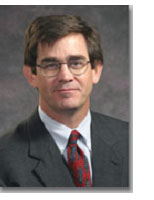
Open Innovation by
Professor Henry Chesbrough.
Executive Director
Center for Open Innovation
Institute of Management, Innovation & Organization
Management of Technology Program
Haas School of Business
University of California Berkeley
How Breakthroughs Happen by Andrew Hargadon
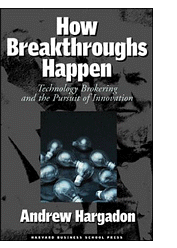
In How Breakthroughs Happen, Andrew Hargadon explains: The secrets of Edison and others are not to be found in their solitary genius and capacity for invention. Instead, Edison, like his modern counterparts, was capable of creating one breakthrough after another because his organization was built around technology brokering, a strategy for exploiting the networked nature of the innovation process. Rather than producing fundamentally novel advances in any one technology or dominating any one industry, technology brokering involves combining existing objects, ideas, and people in ways that, nevertheless, spark technological revolutions.
More reading options from thought leaders on innovation and connectivity
